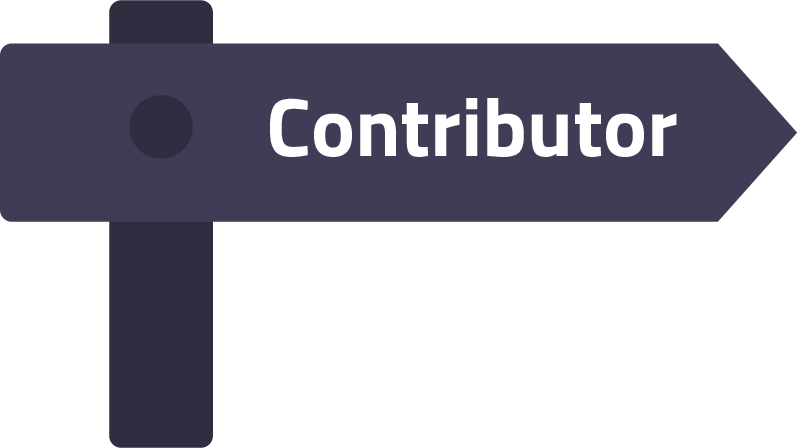What is TiDB?
TiDB ("Ti" stands for Titanium) is an open-source NewSQL database that supports Hybrid Transactional and Analytical Processing (HTAP) workloads. It is MySQL compatible and features horizontal scalability, strong consistency, and high availability.
-
Horizontal Scalability
TiDB expands both SQL processing and storage by simply adding new nodes. This makes infrastructure capacity planning both easier and more cost-effective than traditional relational databases which only scale vertically.
-
MySQL Compatible Syntax
TiDB acts like it is a MySQL 5.7 server to your applications. You can continue to use all of the existing MySQL client libraries, and in many cases, you will not need to change a single line of code in your application. Because TiDB is built from scratch, not a MySQL fork, please check out the list of known compatibility differences.
-
Distributed Transactions
TiDB internally shards table into small range-based chunks that we refer to as "Regions". Each Region defaults to approximately 100 MiB in size, and TiDB uses an optimized Two-phase commit to ensure that Regions are maintained in a transactionally consistent way.
-
Cloud Native
TiDB is designed to work in the cloud -- public, private, or hybrid -- making deployment, provisioning, operations, and maintenance simple.
The storage layer of TiDB, called TiKV, is a Cloud Native Computing Foundation (CNCF) Graduated project. The architecture of the TiDB platform also allows SQL processing and storage to be scaled independently of each other in a very cloud-friendly manner.
-
Minimize ETL
TiDB is designed to support both transaction processing (OLTP) and analytical processing (OLAP) workloads. This means that while you may have traditionally transacted on MySQL and then Extracted, Transformed and Loaded (ETL) data into a column store for analytical processing, this step is no longer required.
-
High Availability
TiDB uses the Raft consensus algorithm to ensure that data is highly available and safely replicated throughout storage in Raft groups. In the event of failure, a Raft group will automatically elect a new leader for the failed member, and self-heal the TiDB cluster without any required manual intervention. Failure and self-healing operations are also transparent to applications.
For more details and latest updates, see TiDB docs and release notes.
Community
You can join these groups and chats to discuss and ask TiDB related questions:
In addition, you may enjoy following:
- @PingCAP on Twitter
- Question tagged #tidb on StackOverflow
- The PingCAP Team English Blog and Chinese Blog
For support, please contact PingCAP.
Quick start
To start using TiDB
See Quick Start Guide.
To start developing TiDB
See Get Started chapter of TiDB Dev Guide.
Contributing
The community repository hosts all information about the TiDB community, including how to contribute to TiDB, how TiDB community is governed, how special interest groups are organized, etc.
Contributions are welcomed and greatly appreciated. See Contribution to TiDB for details on typical contribution workflows. For more contributing information, click on the contributor icon above.
Adopters
View the current list of in-production TiDB adopters here.
Case studies
Architecture
License
TiDB is under the Apache 2.0 license. See the LICENSE file for details.







